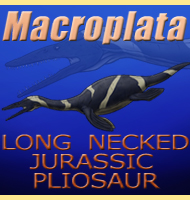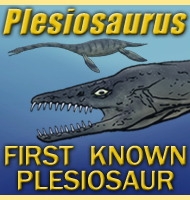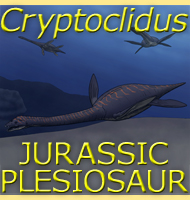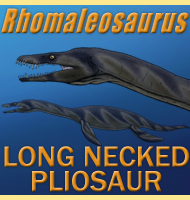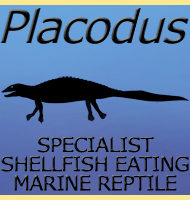


Ophthalmothule
Name:
Ophthalmothule
(Eye of the north).
Phonetic: Of-fal-mo-fhu-le.
Named By: Aubrey Jane Roberts, Patrick S.
Druckenmiller, Benoit Cordonnier, Lene L. Delsett &
J�rn H. Hurum - 2020.
Classification: Chordata, Reptilia,
Sauropterygia, Plesiosauria, Cryptoclididae.
Species: O. cryostea (type).
Diet: Piscivore.
Size: Holotype roughly estimated at about 4.7
to 4.8 meters long.
Known locations: Spitsbergen - Agardhfjellet
Formation.
Time period: Tithonian of the Jurassic/Berriasian of
the Cretaceous.
Fossil representation: Complete skull, partial
mandible, and most of the post cranial skeleton still articulated.
Ophthalmothule
is a genus of cryptoclidid plesiosaur
known to have lived towards the
end of the Jurassic, possibly early Cretaceous. Ophthalmothule
is
noted to have very large eye sockets, something which obviously
suggests the presence of very large eyes. Large eyes would be able to
trap more light, even at the lower murkier depths, which could
suggest that Ophthalmothule was a plesiosaur that
hunted in deep
water, in depths where sunlight did not reach so well. The large
eyes of Ophthalmothule were inspiration for the
name which means ‘eye
of the north’. The north (thule) part of the name is in
reference to the location of Spitsbergen where the holotype individual
was found.
Further reading
- A new plesiosaurian from
the Jurassic–Cretaceous transitional interval of the Slottsm�ya Member
(Volgian), with insights into the cranial anatomy of cryptoclidids
using computed tomography. - PeerJ. 8: e8652. - Aubrey Jane
Roberts, Patrick S. Druckenmiller, Benoit Cordonnier, Lene L.
Delsett & J�rn H. Hurum - 2020.
----------------------------------------------------------------------------
Random favourites
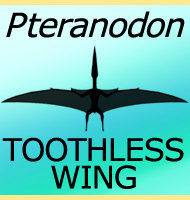 |
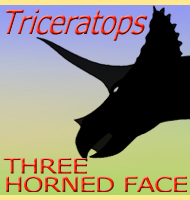
|
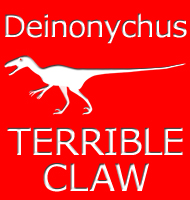 |
